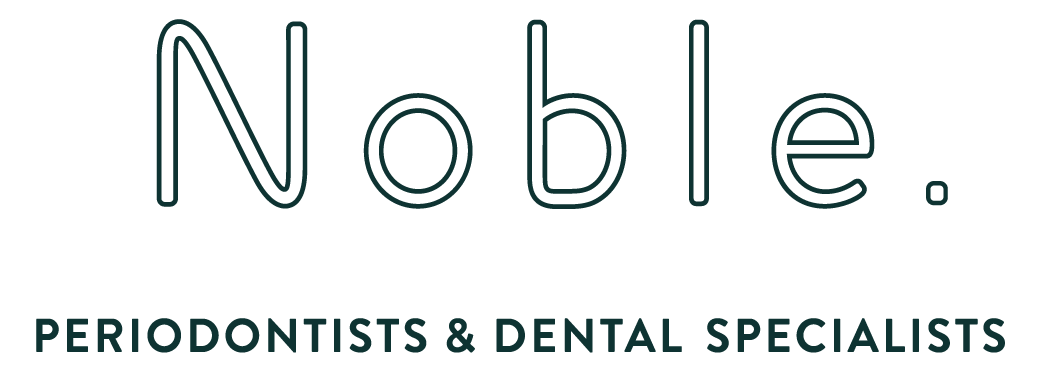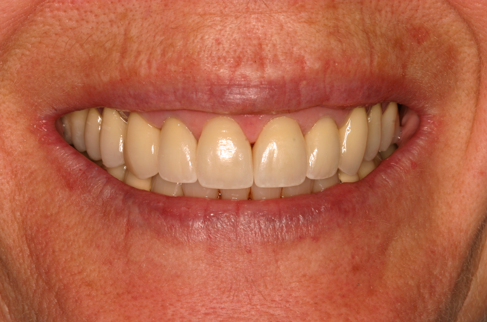Planning for Gingival Enhancement Procedures
Planning for Gingival Enhancement Procedures
Patients with periodontal attachment loss can ask about enhancing their smile to eliminate the “black triangles” and recession defects (illustration 1). Patients who present with an ageing smile can be “Youthenized” with gingival enhancement procedures and porcelain restorations!
A combination of crown lengthening and root coverage can lead to the optimum result for the gingival framing of the new smile. If the surgical guide gives the ideal contours the enhanced profiles can be achieved.
It may seem straightforward to ask a lab for a surgical guide for periodontal surgery however a few details can make the results more predictable:
The material should be thin enough to fit passively in the mouth. (0.5mm thickness e.g. Temporary Splint material, Keystone Industries)
The gingival contours must be accurate within 1mm. (there’s no point in using it if it’s not that accurate).
Trying in the stent well before the surgery (without local anesthetic) allows you to confirm the gingival display that will result.
If the incisal edges are to be lengthened the suck down can be made on a duplicate of the wax up, giving the surgeon an enhanced vision of the final contours of the restorations.
The case illustrated shows a well designed suck down (illustration 2). When positioned it hightens the need for coronal positioning of the gingiva over the 13 root and crown lengthening over the 12 11 21 and 22 (illustration 3). When osseous re-contouring is necessary, healing should be left for 5 ½ to 6mths before placement of the permanent restorations (illustration 4). Levelling of the tissues can be a problem, where gingiva can recede or cover the surgerized sites. This can be accentuated with the biotype of the patient. Although not a hard and fast rule, thicker gingival biotypes will tend to bounce back after surgery and thinner gingival biotypes will tend to recede. The same effect can often be noticed where a tooth is malaligned facially (effectively thinning the tissues) or palatally (effectively thickening the tissue). It is encouraging that many dentists consider orthodontic treatment before considering periodontal surgery or veneering teeth. Orthodontics can even out the hard and soft tissue contours minimizing the risk of levelling.
In an ageing smile with attachment loss, a beautiful restorative result can be accomplished with careful planning, design and fabrication of a surgical guide giving the surgeon and more importantly the patient something to smile about (illustration 5).
Illustration 1
Illustration 2
Illustration 3
Illustration 4
Illustration 5





